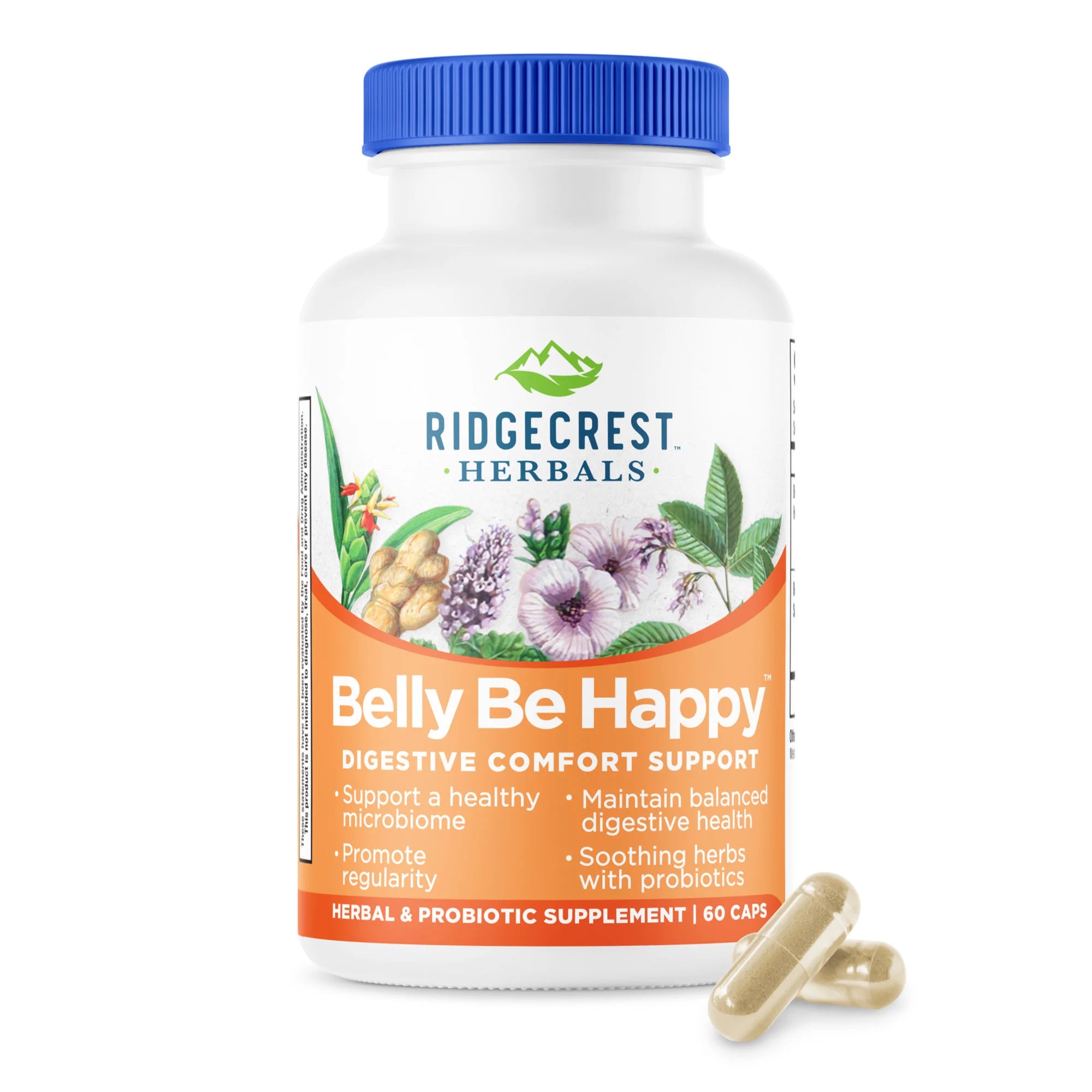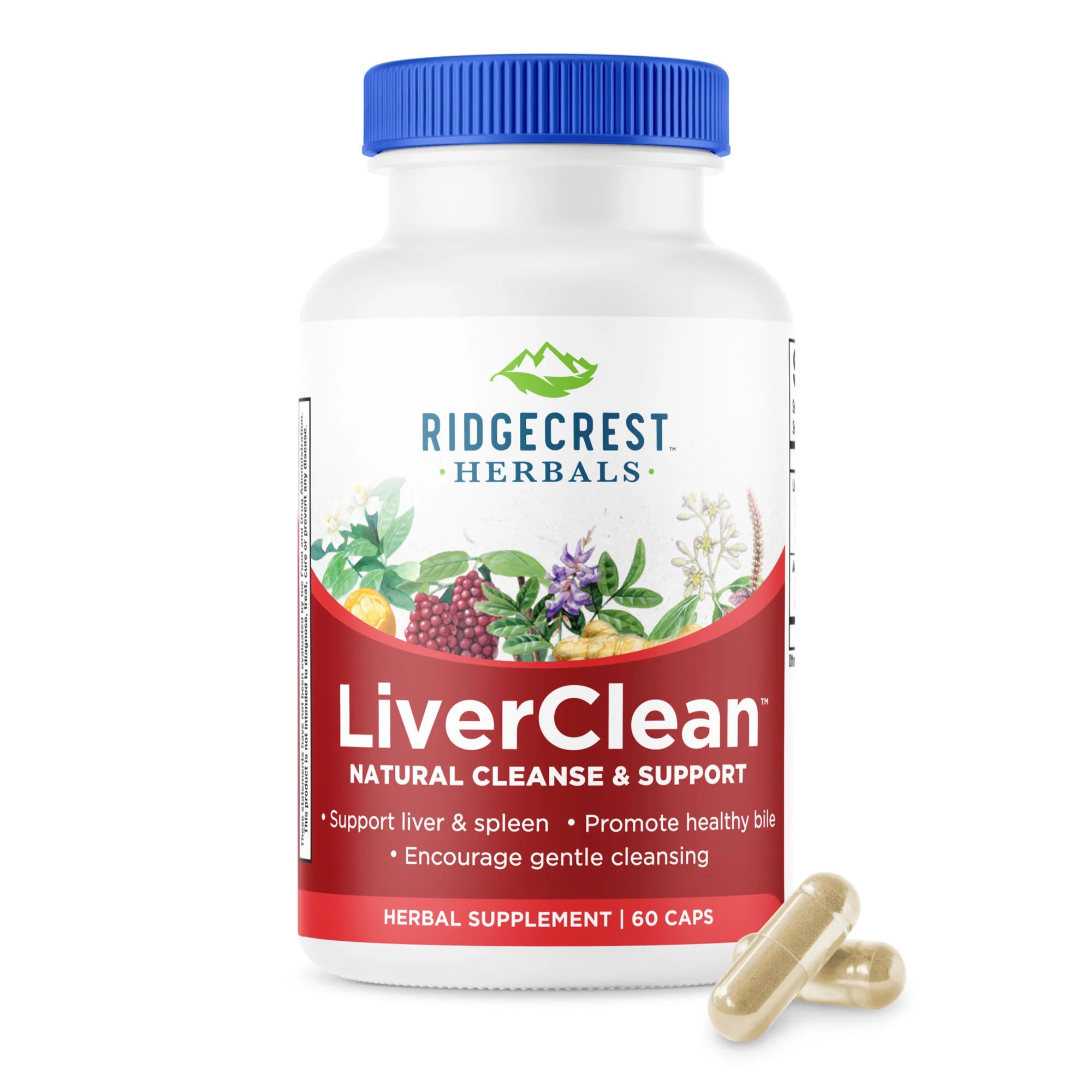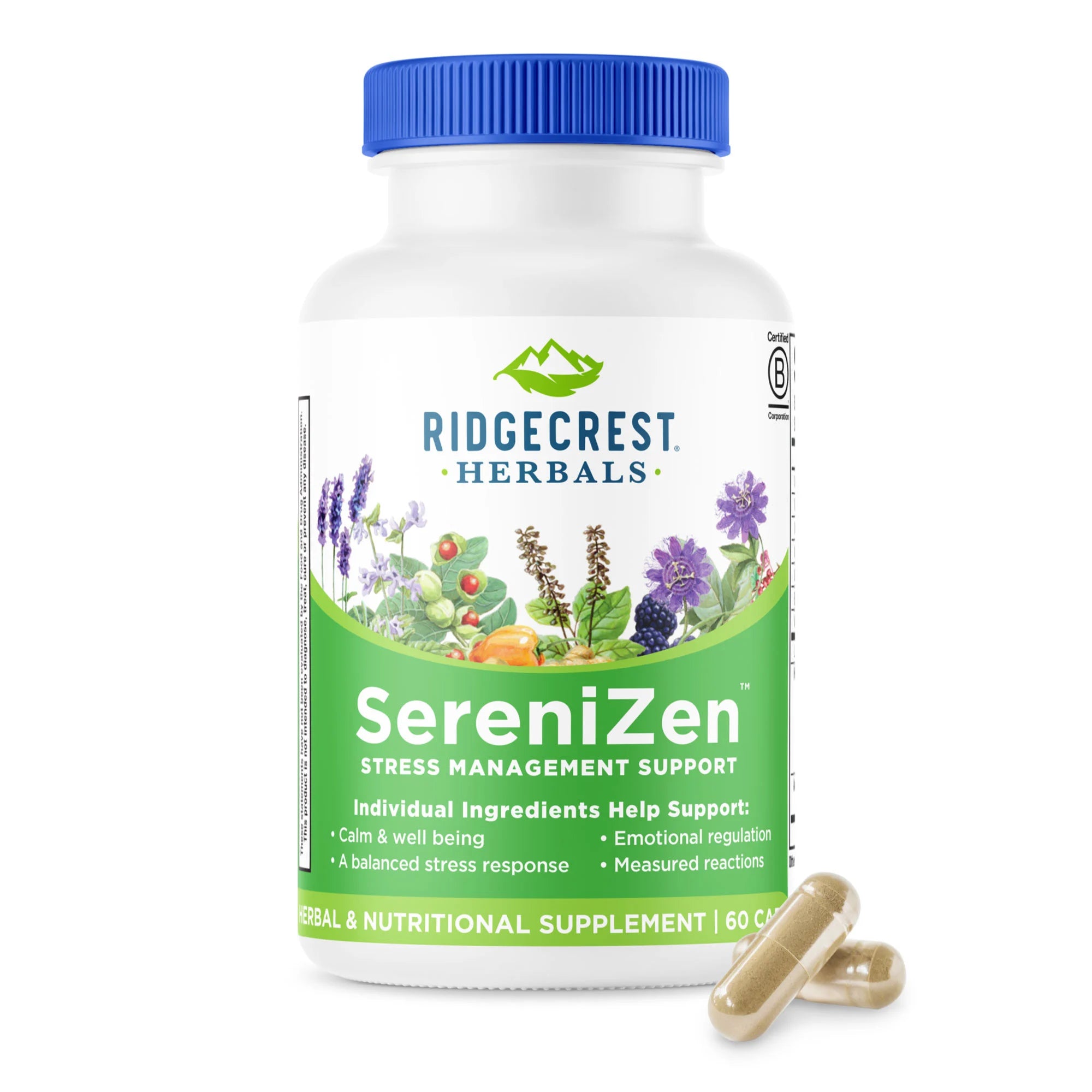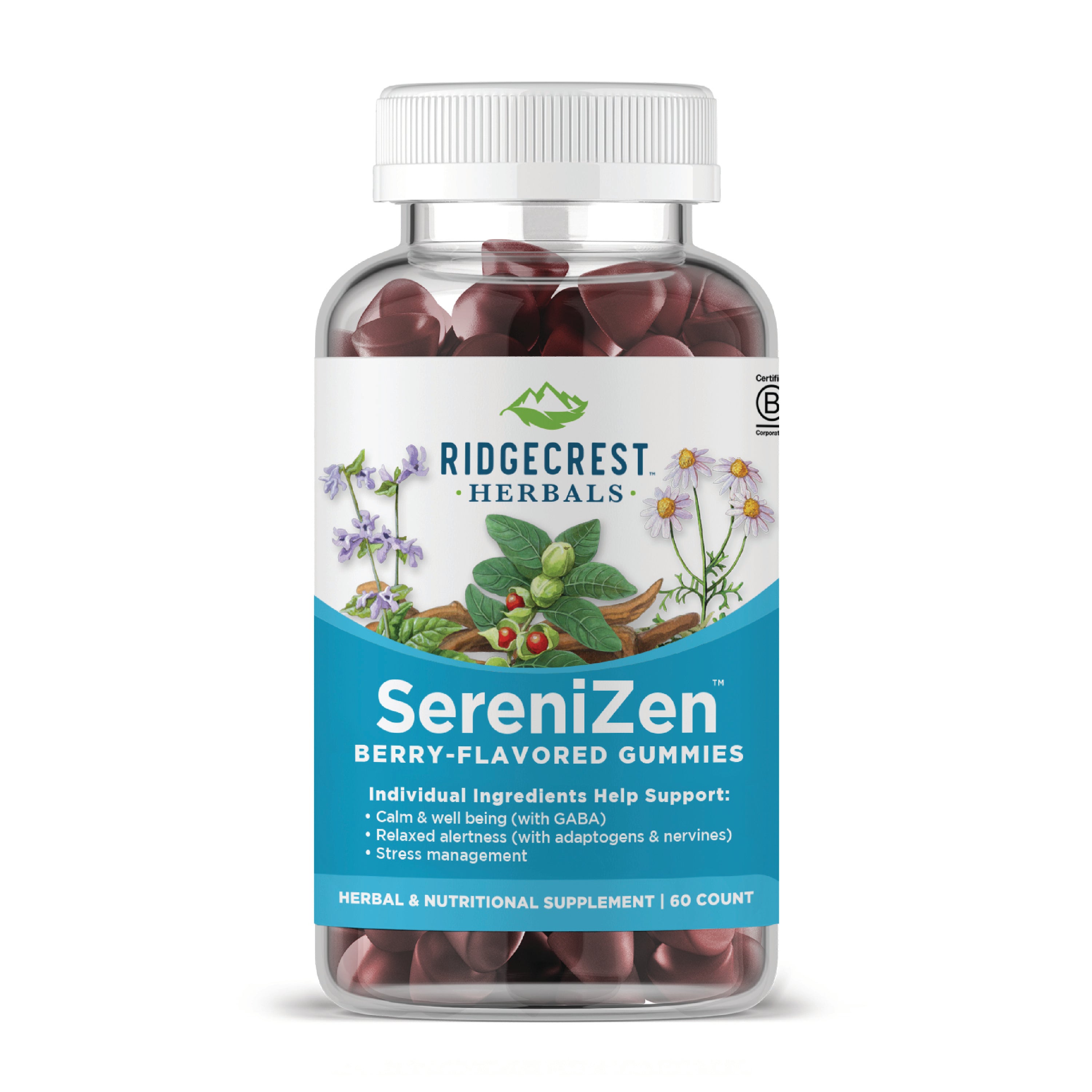Mouth:The whole process starts in the mouth. When food is swallowed, the tongue pushes food into the throat; the epiglottis is a small flap of tissue that folds over the windpipe and prevents choking as the food passes into the esophagus. Digestion starts even before a bite is taken. The salivary glands activate when we see or smell food. When we begin chewing food, saliva mixes in with it to help start to break down food.
Esophagus: The esophagus is located in the throat near the trachea or windpipe. The esophagus receives food from the mouth. Peristalsis is a series of muscular contractions, and when it happens in the esophagus, it helps to move food to the stomach. At the bottom of the esophagus is a ring-like muscle called the lower esophageal sphincter; this has to relax to let food pass. It contracts and prevents the stomach’s contents from flowing back into the esophagus.
Stomach: The stomach is a hollow organ that acts as a container to hold food as it is mixing with stomach enzymes. The enzymes help to break down food further into a more usable form. The cells in the lining of the stomach secrete stomach acid and enzymes. Once the stomach contents are processed enough, they are ready to move on to the next step in the process.
Small Intestine:The small intestine is about 22 feet long and comprises three segments. The duodenum, jejunum, and the ileum. This muscular tube breaks down food using the pancreas and bile enzymes released from the liver. The first segment is the duodenum, which is responsible for continuously breaking down food. The jejunum and ilium are lower in the small intestine and help to absorb nutrients into the bloodstream.
Pancreas:The pancreas is responsible for secreting digestive enzymes into the duodenum. These enzymes break down protein, fats, and carbohydrates. The pancreas is also responsible for making insulin and getting it to the bloodstream. Insulin is the hormone responsible for metabolizing sugar.
Liver:The liver is the body's chemical factory. It takes raw materials absorbed by the intestine and makes chemicals or hormones that the body needs to function. The liver also filters out and detoxifies harmful chemicals. While the liver has many functions, its main job within the digestive system is to help process nutrients absorbed in the small intestine by secreting bile to help digest fat and some vitamins. Learn more about the liver here: insert link.
Gallbladder:This bladder is a storage facility for bile from the liver when you are not eating; bile is concentrated here. When you eat, bile is released into the duodenum in the small intestine to help absorb and digest fats.
The Large Intestine:Also known as the colon is responsible for processing waste. This 6-foot-long muscular tube connects the small intestine to the rectum, or anus. The colon comprises the cecum, the ascending or right colon, the transverse or across colon, the descending or left colon, and the sigmoid colon. Leftover waste from the digestive process is passed through the colon using peristalsis. This starts as a liquid state and forms into a more solid state. As the stool passes through the colon, water is removed. The stool then gets stored in the sigmoid colon, which is S-shaped. The stool is stored here until there is a “mass movement,” and it gets emptied into the rectum. It takes about 36 hours for stool to get through the colon. The stool is made up of food debris and bacteria. The bacteria here are “good” bacteria that work in symbiosis to perform valuable bodily functions such as synthesizing vitamins, processing waste, and protecting against “bad” or harmful bacteria. Once the descending colon is full of stool, also called feces, the content empties into the rectum for elimination.
Rectum:The rectum is a straight chamber that is about 8 inches long which connects the colon to the anus. The rectum's responsibility is to receive stool from the colon, signal that there is stool to be emptied, and store stool until elimination can happen. Anything that comes to the rectum, such as stool or gas, triggers sensors and sends a message to the brain that it needs to be released.
Anus:The last part of the digestive system is the anus. It is a canal about 2 inches long that consists of the pelvic floor muscles and two sphincters, one internal and one external. The lining of the upper anus detects contents and can let you know if the contents are liquid, gas, or solid. Sphincter muscles surround the anus and are responsible for the control of stool. The pelvic floor muscle creates an angle between the rectum and anus that helps stop the stool from coming out. The internal sphincter prevents involuntary evacuation when we are asleep or otherwise unaware of stool. When we get the urge to go, the external sphincter is responsible for holding things in until we are able to use the bathroom. Once we are in a place to do so, it relaxes and releases.













